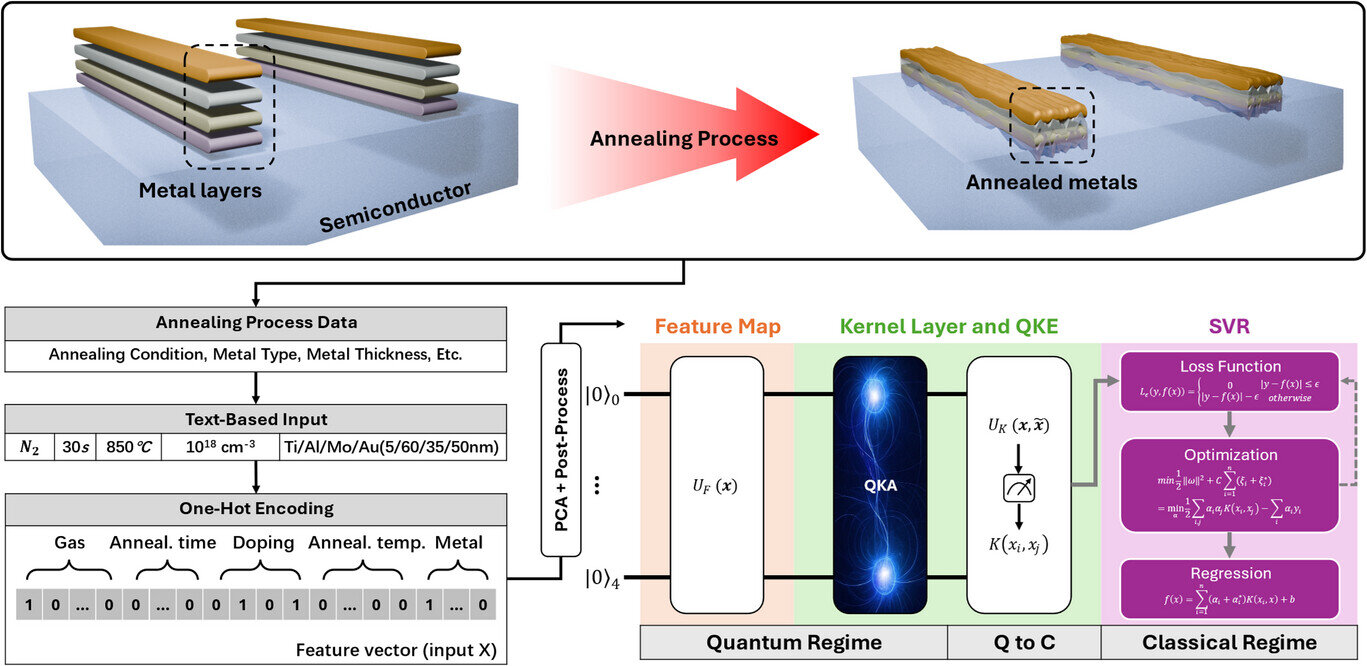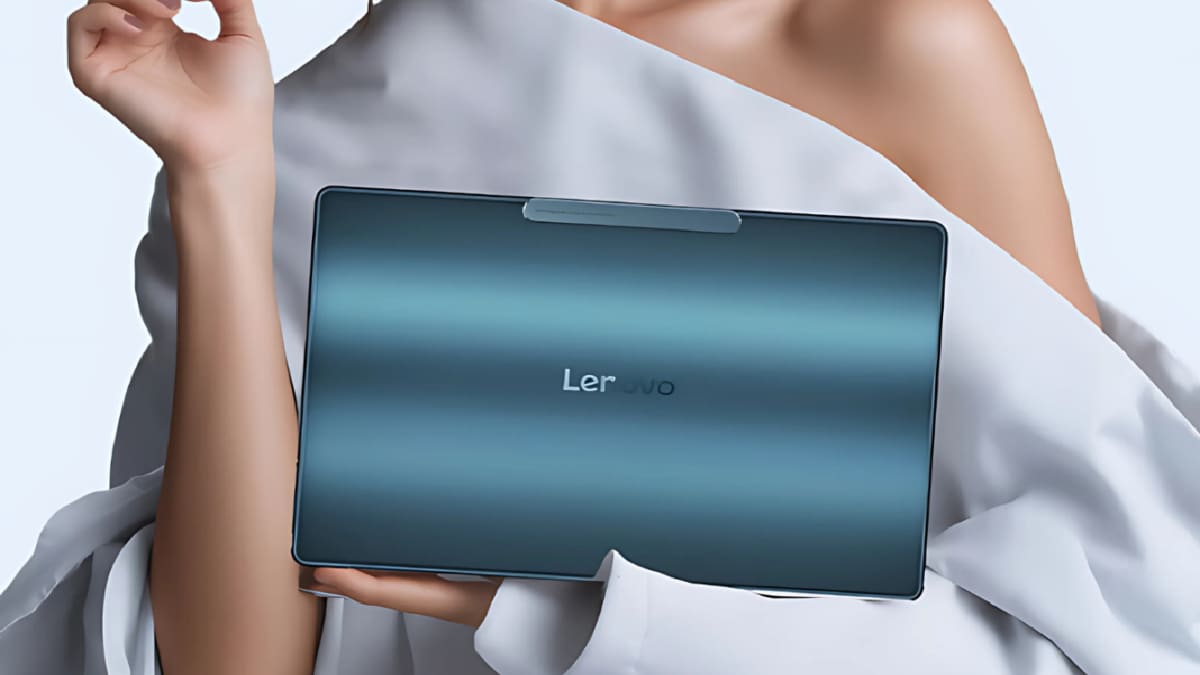
Schematic representation of the quantum machine learning-based modeling process for the ohmic contact formation in gan hemts. Credit: Advanced Science (2025). Doi: 10.1002/advs.202506213
Semiconductor processing is notorially challenging. It is one of the most intricate feats of modern engineering due to the extreme proction required and the hundreds of steps involved, such as etching and layering, to make even a single chip.
However, in a world first, Researchers at the Commonwealth Scientific and Industrial Research Organization (CSIORO), Australia’s’s National Research Agency, HAVE UTILIZED Quantum Machine Learning Tar Fabricate semiconductor. Their research could revolutions the way chips are made.
The team’s study, Published in the journey Advanced ScienceShows for the first time that semiconductor fabrication can be improved by applying Quantum Methodology to Real Experimental Data.
They focused their attention on a critical step in the semiconductor design process – modeling the ohmic contact resistance of the semiconductor material. This is a measure of the electrical resistance that occurs when a semiconductor come into contact with metal, which affects how easily current can flow.
Modeling problems
One sticking point until now is that ohmic contact resistance is very different to model. A Current Approach Uses Classical Machine Learning (CML) Algorithms, but they require large datasets, and their performance degrades in small-company, nonlinear settings.
The Australian Researchers, LED by Muhammad Usman, A Professor and Head of Quantum Systems at CSIORO, Went a different way.
They employed a quantum machine learning (QML) Approach on Data from 159 Experimental Samples of Gan Hemt (Gallium Nitride High-Elctron-Mobility Transistor) This Clever Method Blends Classical and Quantum Technique.

Quantum Ablation Study for Optimizing The Performance of Qkar. Credit: Advanced Science (2025). Doi: 10.1002/advs.202506213
First, they narrowed down the many fabrication variables to just there that have a key impact on performance.
Then, they developed a quantum kernel-aligned regressor (Qkar) Architecture to Translate Classical Data Into Quantum States to Begin the Machine Learning Process. Once all the features had been extracted from the data, a classical algorithm retrieved the information, which was then trained to guide the fabrication process.
The Qkar Technique Outperformed Seven Different CML Algorithms Developed for the Same Problem.
“These findings demonstrate the potential of Qml for effectively handling high-diamentional, small-sample regression tasks in semiconductor domains and point to promising Avenues Foring in Fore Real-World Applications as Quantum Hardware Continues to Mature, “Wrote the Researchers.
In addition to potentially Reduction Manufacturing Costs and Improving Device Performance in the Semiconductor Industry, this research may have other far and region consequences. As Quantum Technologies Continue to Evolve, they may help solve complex problems that are beyond the capability of classical computers.
Written for you by author Paul arnoldEdited by Gaby clarkAnd Fact-CHACKED and Reviewed by Robert egan—This article is the result of careful human work. We relay on readers like you to keep independent science counalism alive. If this reporting matters to you, please consider a donation (especially monthly). You’ll Get an ad-free Account as a Thank-You.
More information:
Zeheng wang et al, Quantum Kernel Learning for Small Dataset Modeling in Semiconductor Fabrication: Application to Ohmic Contact, Advanced Science (2025). Doi: 10.1002/advs.202506213
© 2025 Science X Network
Citation: Quantum Machine Learning Improves Semiconductor Manufacturing for First Time (2025, July 3) Retrieved 5 July 2025 from https://techxplore.com/news/2025-07-Quantum-machine-Semiconductor.html
This document is Subject to copyright. Apart from any Fair Dealing for the purpose of private study or research, no part may be reproduced without the written permission. The content is provided for information purposes only.



